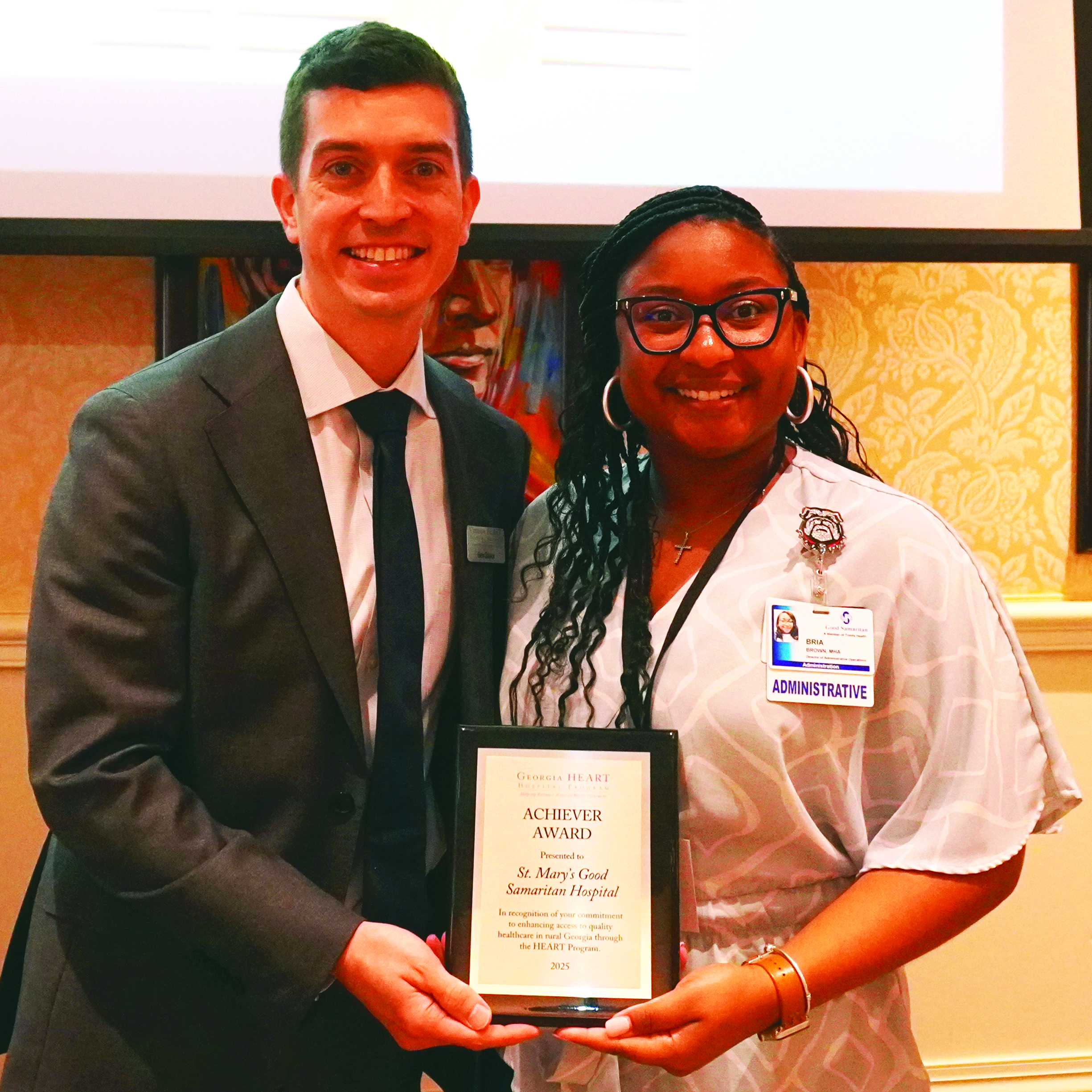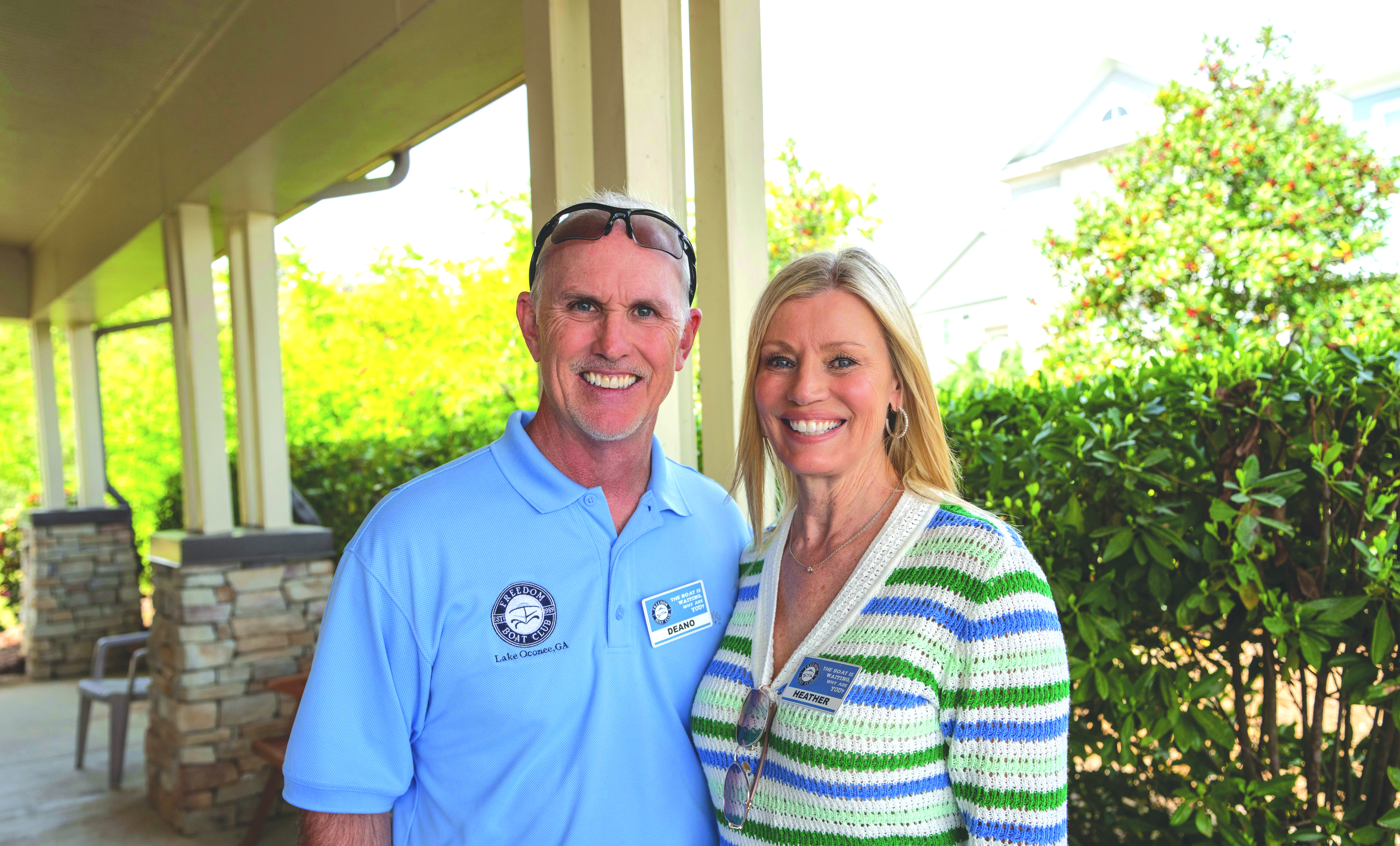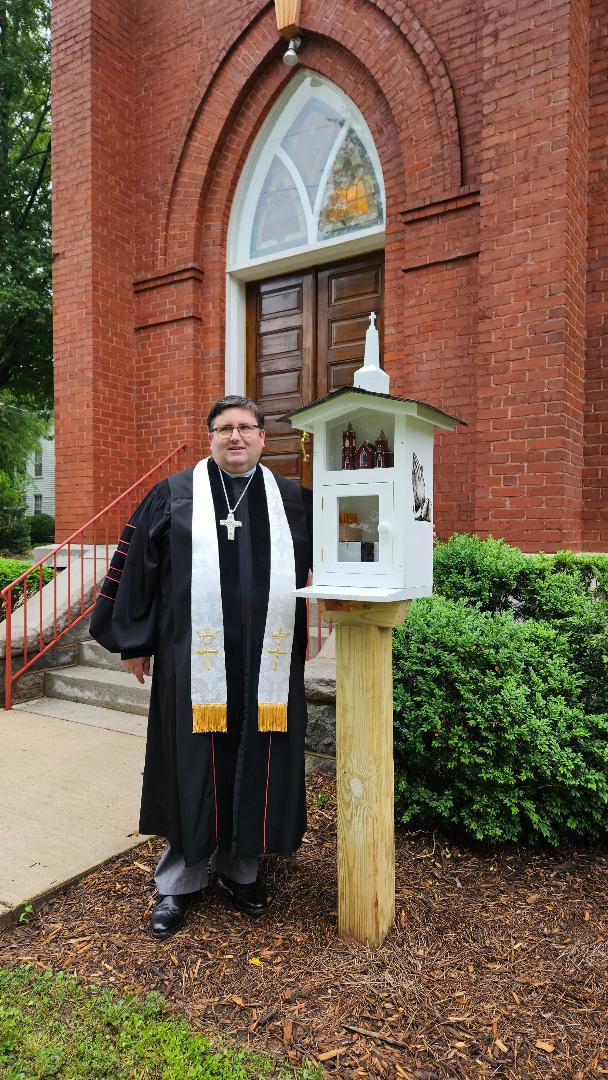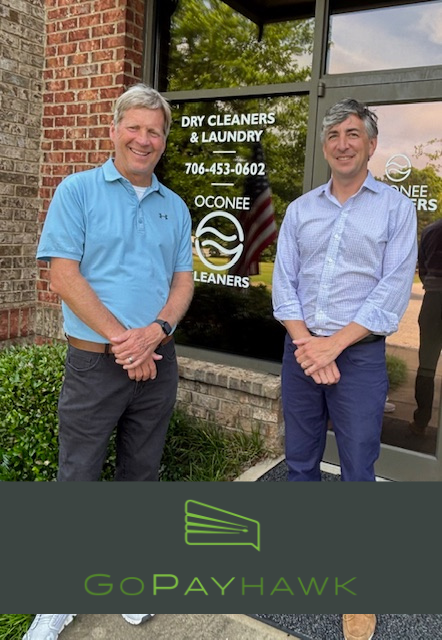Indiana school honors Ryan White, teen who fought AIDS stigma 30 years ago
Published 2:10 pm Friday, September 1, 2017
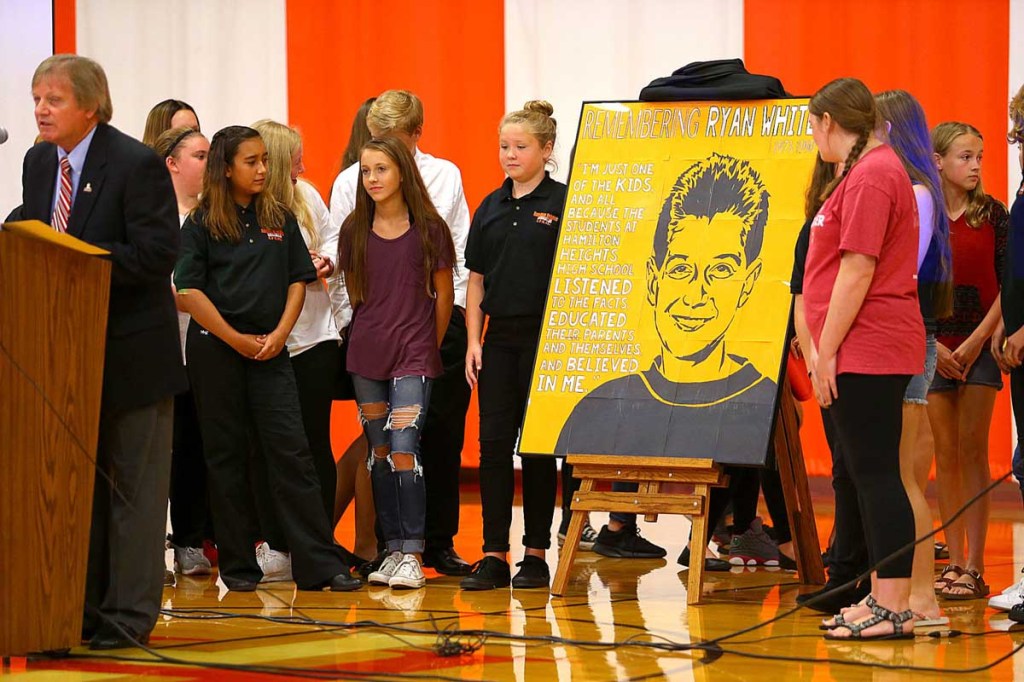
- Students at Hamilton Heights Middle School unveil artwork they put together to remember Ryan White on Thursday, the 30th anniversary of his first day at Hamilton Heights. By 1987, the Kokomo, Indiana, native was the focus of an international media frenzy.
ARCADIA, Ind. — It was a clear, sunny day 30 years ago when Ryan White stepped through the doors of a central Indiana high school for the first time.
By that time, White had become the focus of an international media frenzy following his battle to return to Western Middle School after he was diagnosed with AIDS in 1984.
So when news broke that White was leaving Western and heading to Hamilton Heights High School for a chance to live as a normal high school student, media outlets around the world swarmed the town to watch as he walked into the school building for the first time on Aug. 31, 1987.
That included the school’s football field turning into an impromptu landing pad for helicopters carrying reporters from some of the biggest new agencies in the country.
Daniel Smith, the athletic supervisor for Hamilton Heights Middle School and a former teacher there, compared that day to the famous words spoken by Neil Armstrong in 1969 during the moon landing: “That’s one small step for a man, one giant leap for mankind.”
“Ryan’s first step into this building was also a small step,” Smith said. “But as we now know, it was a giant leap for mankind. It was not realized at the time, but now we realize that Ryan’s life within this building and community led to AIDS education, research, programs and services for people living with the disease.”
Smith was just one speaker who remembered the historic day during a special convocation held at the now-middle school building Thursday to look back on White’s time at the school and his first day there.
The entire school, along with White’s fellow students from that time, packed into the gym to hear stories about White’s time at the high school and remember the legacy he left there.
State Rep. Tony Cook, who served as the high school principal at the time White transferred to the district, said he knew having White at Hamilton Heights would thrust his school into the international spotlight.
But he knew it was the right thing to do after he learned White wanted to move to nearby Cicero and attend the school to get away from Western, which had forced him to use a separate bathroom, eat with disposable utensils and sit out from activities after the state required the school to allow White to return to class.
“We really didn’t have more knowledge [of AIDS] than the other school districts,” Cook said. “But he was miserable the entire year after going back to school full time [at Western].”
Once the district learned in April that White would be coming, Cook and a group of students launched a full-on campaign to educate the community about AIDS. They attended club meetings, church services and community events to share the facts about the then-unknown and terrifying virus.
“It was a time when things were not known about AIDS, and that fear drove people to do strange things, like petition for a kid not to come to school or protest his presence,” Cook said.
But, he said, the district made it a point to welcome White with open arms and treat him like a normal kid — which is all he wanted. White died in 1990, just shy of his high school graduation.
“We did something very special here in a young man’s life,” Cook said. “We gave him normalcy when he had none. Ryan told me his last few years were very content, and he was so pleased to have this experience.”
Indiana Health Commissioner Jerome Adams, who has been confirmed to become the next U.S. Surgeon General, told the crowd that attitude set Hamilton Height apart from other school districts.
But it was White’s attitude and philosophy about his disease that was the most astounding thing.
“Ryan White taught the world not just about HIV and AIDS, but he also taught the world about acceptance and understanding,” he said. “That’s the most important legacy he left for us, I think … Now, more than ever, it’s important that we embrace his message.”
Now, three decades after White’s first day at Hamilton Heights, the diagnosis and treatment of AIDS has evolved by lightyears, Adams said, and the life expectancy of people with the disease is about the same of those who don’t have it.
He said in a lot of ways, though, nothing has changed since then. Adams said during the recent HIV outbreak in southern Indiana that saw more than 200 people contract the virus from sharing needles, people there bought into many of the same myths about AIDS that were common in the 1980s.
“Many of the same things they were saying to and about Ryan White 30 years ago they were saying in Scott County, Indiana,” Adams said. “They say, ‘We don’t want to be around these people. We don’t want to touch them’ … There’s still so much work to be done.”
And that’s why the special convocation Thursday remembering White’s legacy is so important, said John Nichols, the state’s HIV prevention director.
He said in the end, it was students and kids just like the ones at the convocation that helped change the conversation about AIDS and showed the world how to accept and love someone suffering from the disease.
“One of the most historical moments from this day 30 years ago is the fact it was the day the students became the teachers,” Nichols told the students. “Don’t discount yourself. Don’t say, ‘I’m only in junior high.’ You can teach lessons to this state, the country and the world.”
Gerber writes for the Kokomo, Indiana Tribune.


